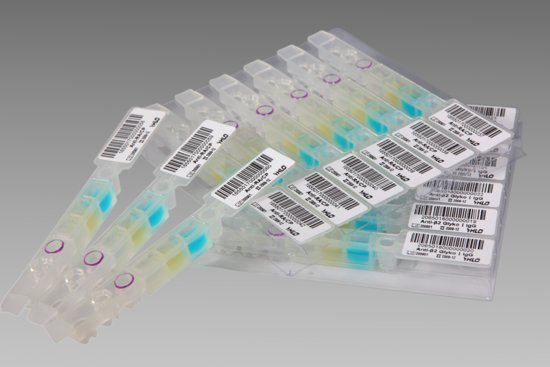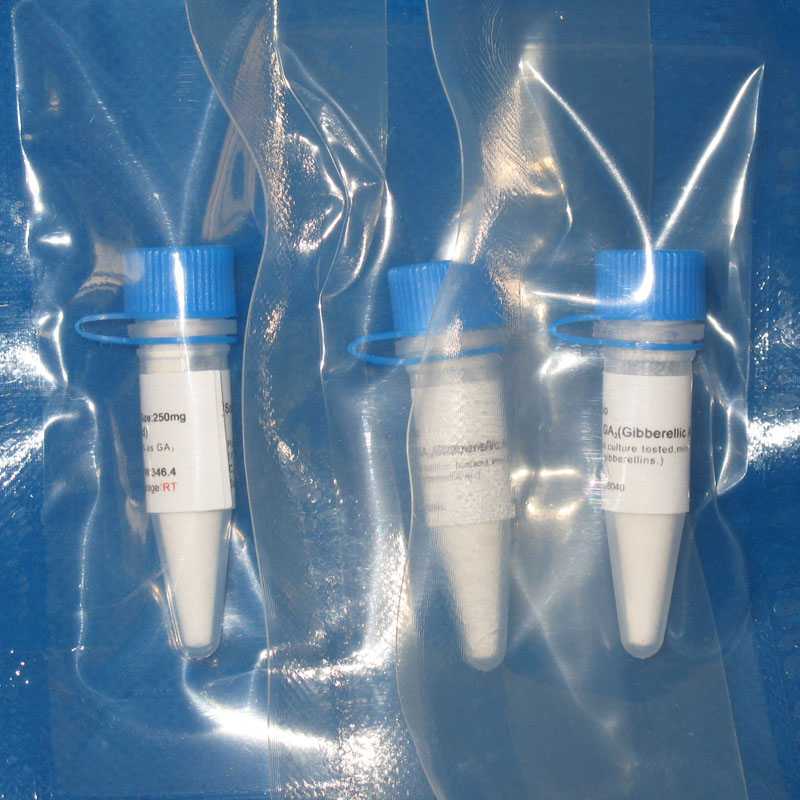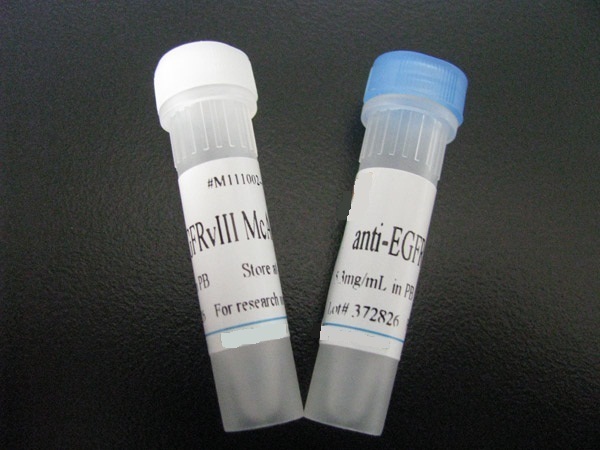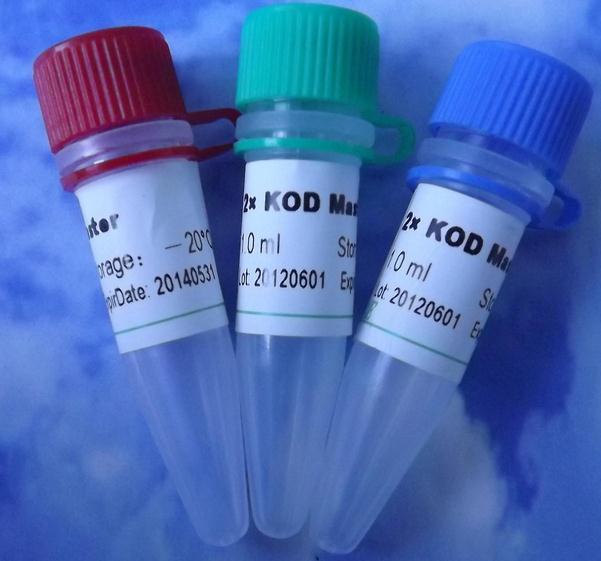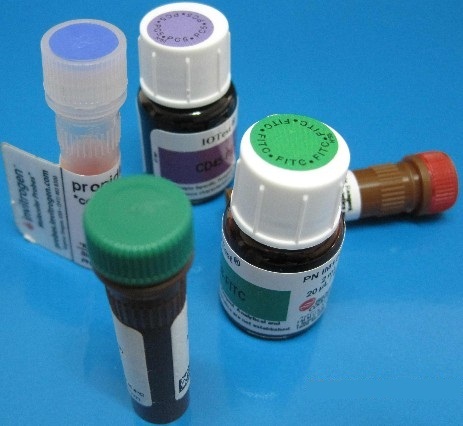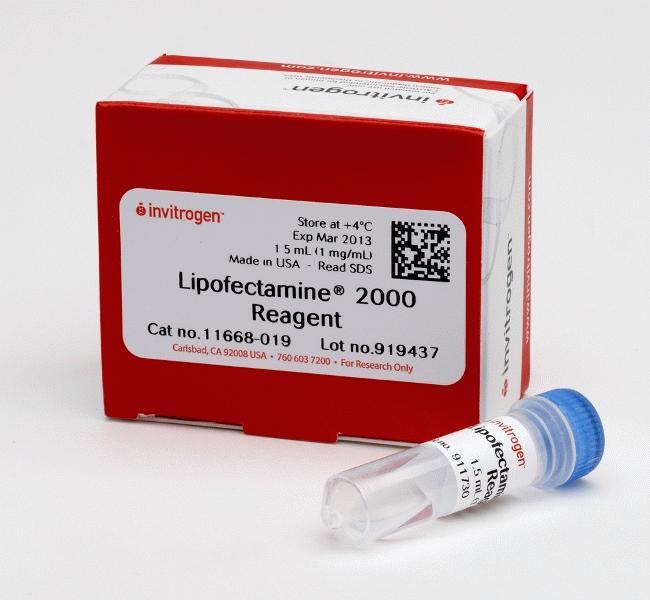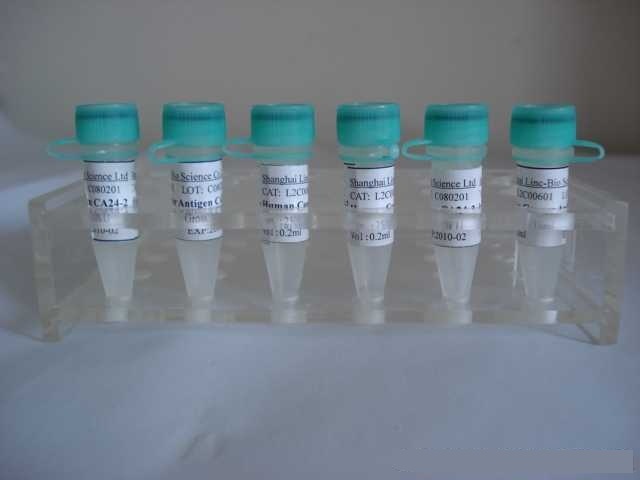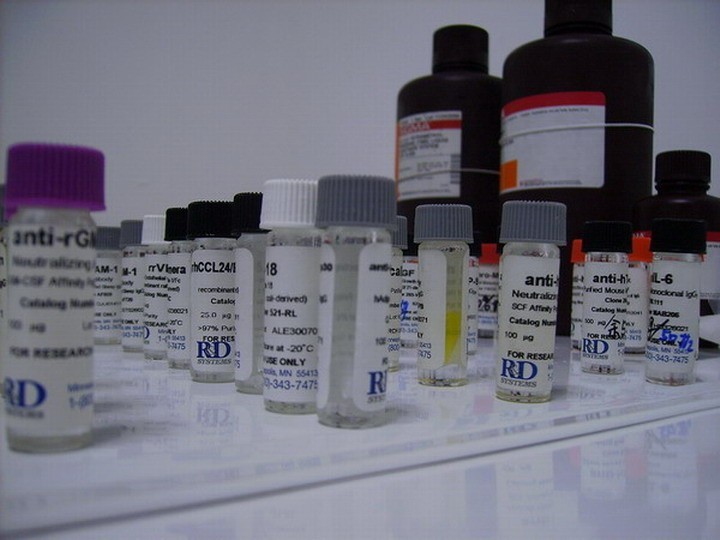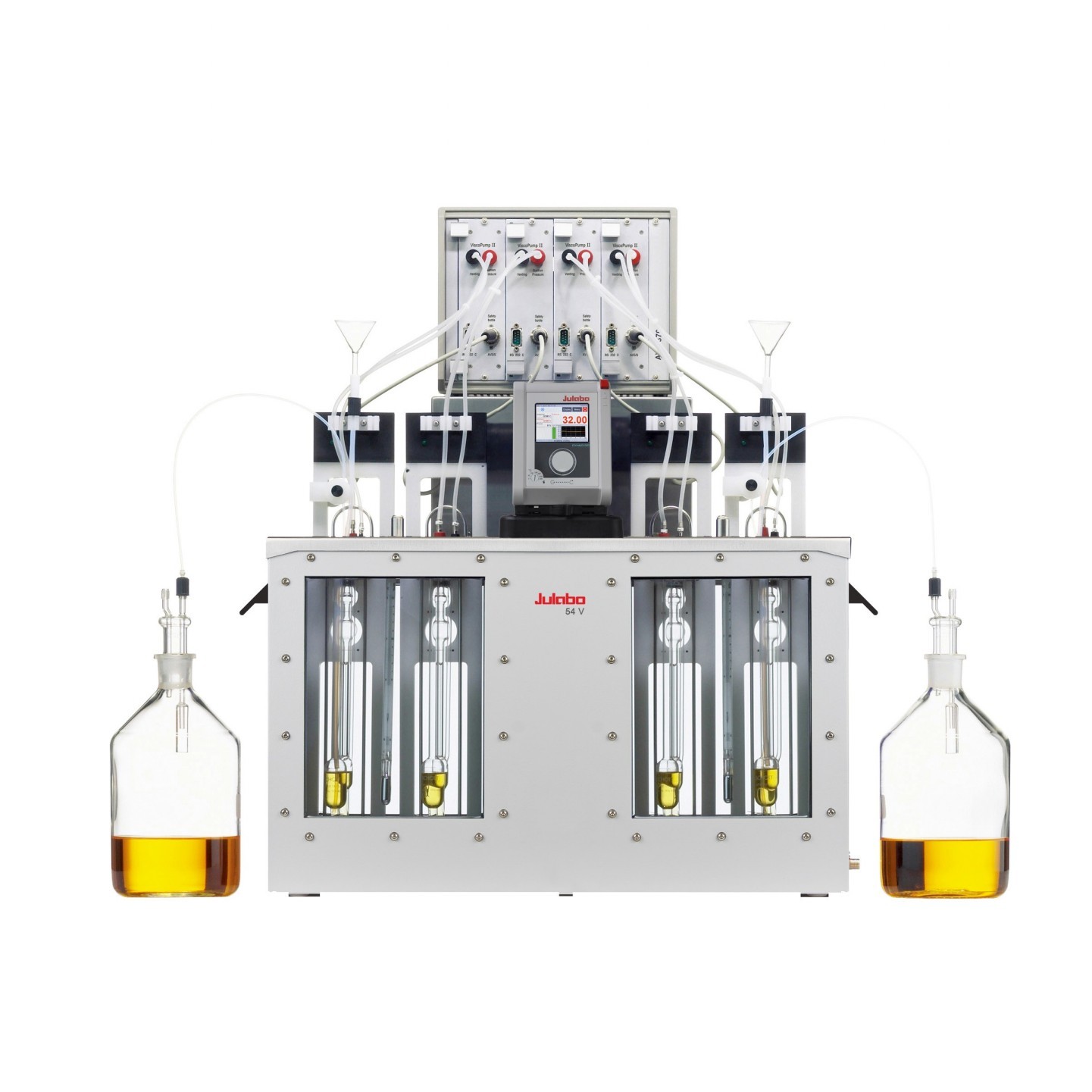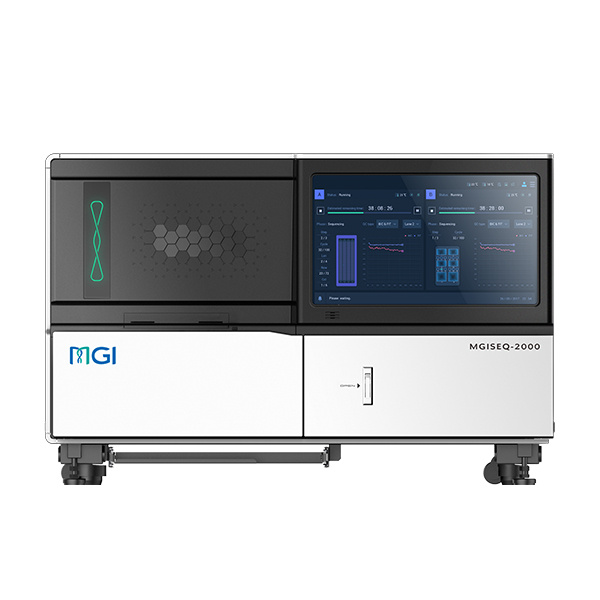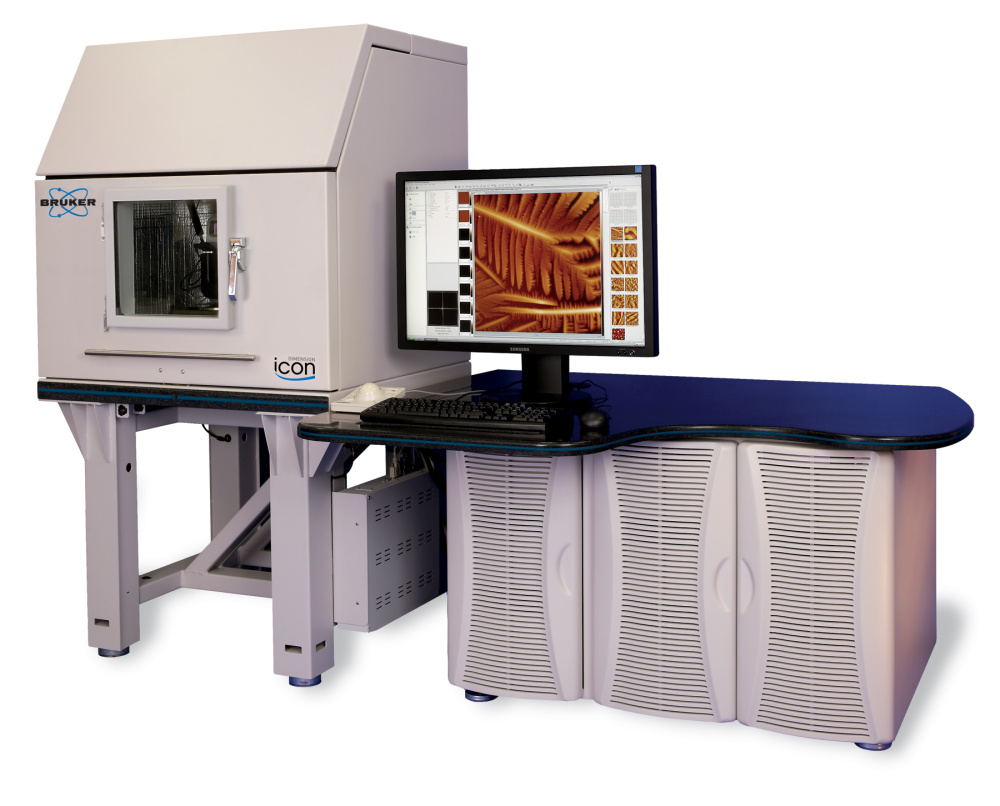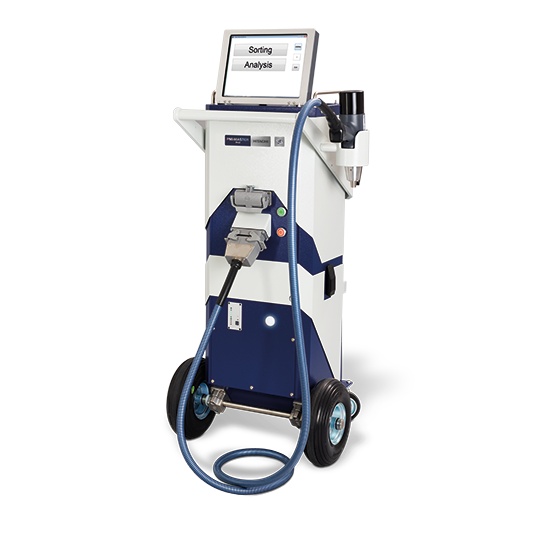英文名称 Anti-AKAP5
中文名称 A激酶锚定蛋白5抗体
别 名 A kinase (PRKA) anchor protein 5; A kinase anchor protein 5; A kinase anchor protein 79kDa; A kinase anchoring protein 75/79; A-kinase anchor protein 5; A-kinase anchor protein 79 kDa; AKAP 5; AKAP 75; AKAP 79; AKAP-5; Akap5; AKAP5_HUMAN; AKAP75; AKAP79; cAMP dependent protein kinase regulatory subunit II high affinity binding protein; cAMP-dependent protein kinase regulatory subunit II high affinity-binding protein; H21.
浓 度 1mg/1ml
规 格 0.2ml/200μg
抗体来源 Rabbit
克隆类型 polyclonal
交叉反应 Human, Mouse, Rat, Dog, Pig, Cow, Horse, Rabbit
产品类型 一抗
研究领域 细胞生物 免疫学 神经生物学
蛋白分子量 predicted molecular weight: 47/79(rat, mo/human)kDa
性 状 Lyophilized or Liquid
A激酶锚定蛋白5抗体免 疫 原 KLH conjugated synthetic peptide derived from human AKAP5
亚 型 IgG
纯化方法 affinity purified by Protein A
储 存 液 Preservative: 15mM Sodium Azide, Constituents: 1% BSA, 0.01M PBS, pH 7.4
产品应用 WB=1:100-500 ELISA=1:500-1000 IHC-P=1:100-500 IHC-F=1:100-500 IF=1:50-200
(石蜡切片需做抗原修复)
not yet tested in other applications.
optimal dilutions/concentrations should be determined by the end user.
保存条件 Store at -20 °C for one year. Avoid repeated freeze/thaw cycles. The lyophilized antibody is stable at room temperature for at least one month and for greater than a year when kept at -20°C. When reconstituted in sterile pH 7.4 0.01M PBS or diluent of antibody the antibody is stable for at least two weeks at 2-4 °C.
Important Note This product as supplied is intended for research use only, not for use in human, therapeutic or diagnostic applications.
A激酶锚定蛋白5抗体产品介绍 The type II cAMP-protein kinase (PKA) is a multifunctional kinase with a broad range of substrates (1). Specificity of PKA signaling is thought to be mediated by the compartmentalization of the kinase to specific sites within the cell. To maintain this specific localization, the R subunit (RII) of PKA interacts with specific RII-anchoring proteins. This family of proteins has been designated A-kinase anchoring proteins (AKAP) (1-3). Members of this family, including MAP2 (microtubule-associated protein 2), neuronally expressed AKAP 79 and AKAP 150, and the DNA binding AKAP 95, display differential tissue specificity and localization (4-6). Evidence suggests that AKAP 79 and AKAP 150 are both capable of anchoring PKA to postsynaptic densities (PSD), which are a network of proteins located on the internal surfaces of excitatory synapses。
Subunit : Binding protein for dimer of the RII-beta regulatory subunit of cAMP-dependent protein kinase (PKA) and also for the protein kinase C (PKC) and the phosphatase calcineurin (PP2B). Each enzyme is inhibited when bound to the anchoring protein. Also binds the beta2-adrenergic receptor. Part of a complex containing AKAP5, ADCY5, ADCY6 AND PDE4C (By similarity). Interacts with ADCY8, and enhances its phosphorylation at lipid rafts.
Subcellular Location : Membrane; Lipid-anchor.
Tissue Specificity : Predominantly in the cerebral cortex and the postsynaptic densities of the forebrain, and to a lesser extent in adrenal medulla, lung and anterior pituitary.
Similarity : Contains 1 AKAP domain.
抗体应在(-20℃)中冷冻干燥或浓缩的液体形式,直到需要,避免反复冷冻/解冻周期,降低抗体含量和浓度。相反,冻结在单次使用的等分试样重组抗体或添加防冻剂(甘油或乙二醇),从而使料液可以保持在-20℃下为液体形式,以使移液没有“解冻”。
![]()



